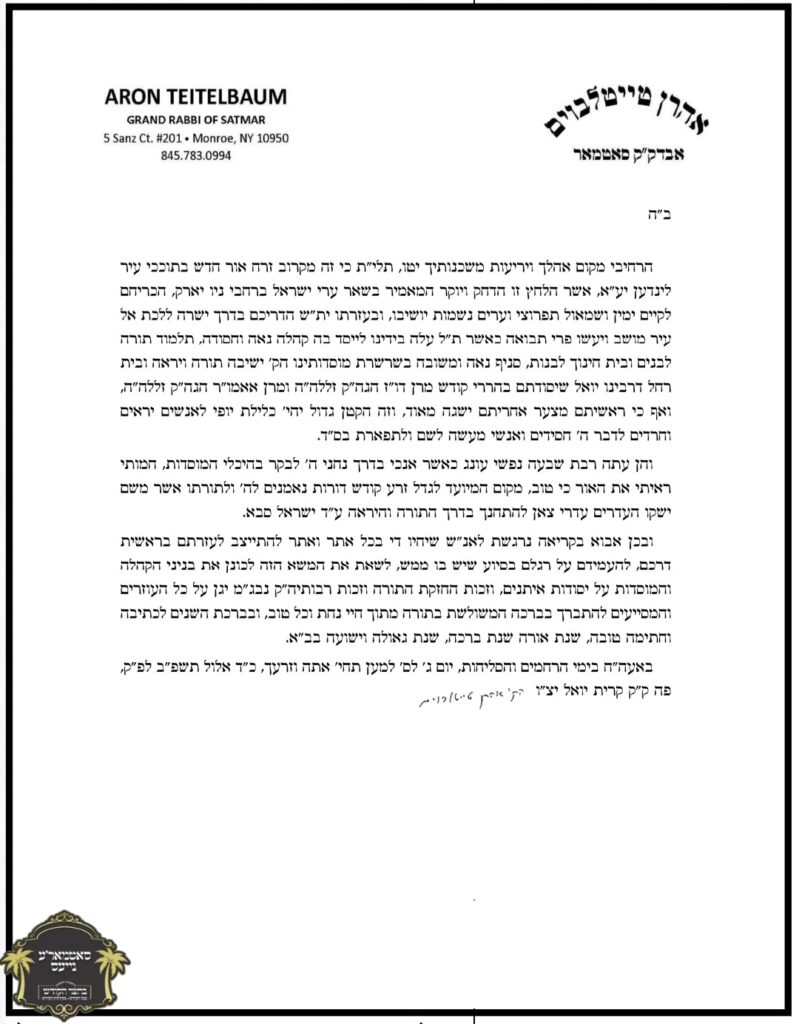Fascinating Compilation of Ancient Games and Recipes
I don’t know how it’s all connected to Judaism (see our masthead), but I am certain it is (somehow).
Ancient recipes here…
Ancient board games here…
(Check out this detailed article on ancient Egyptian breads.)

